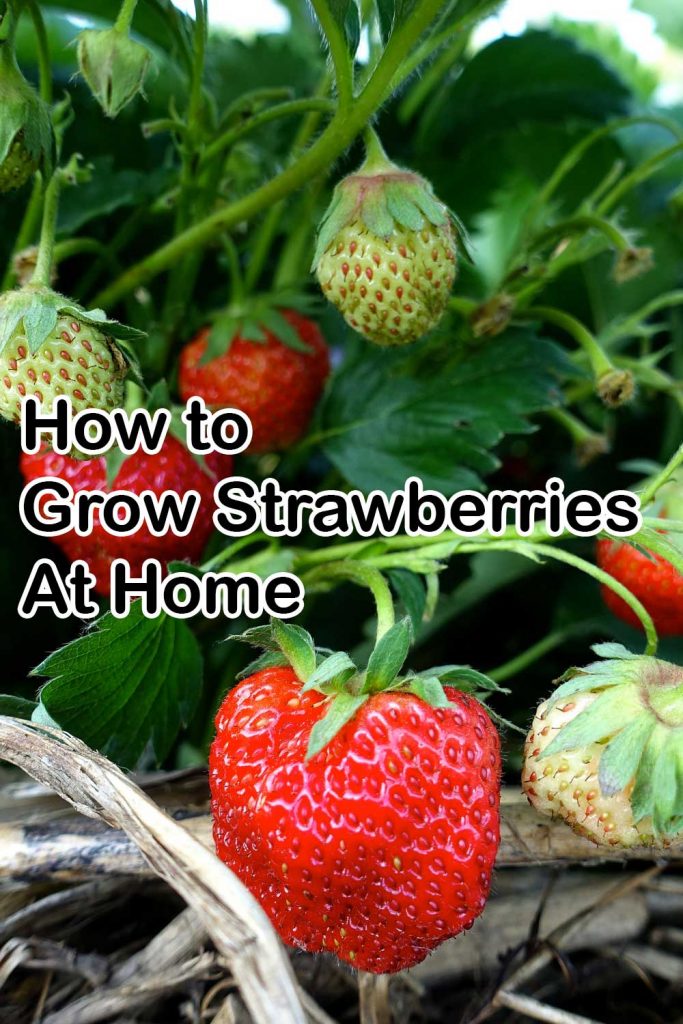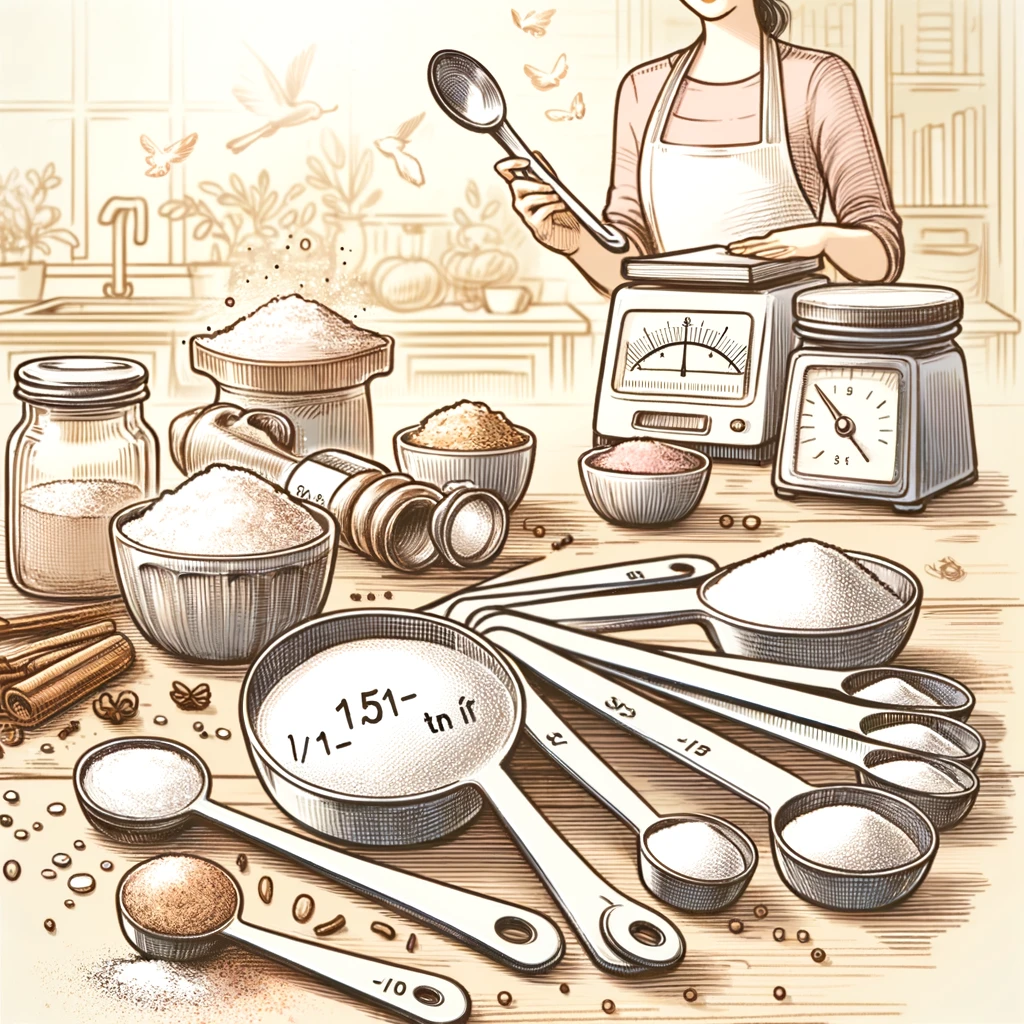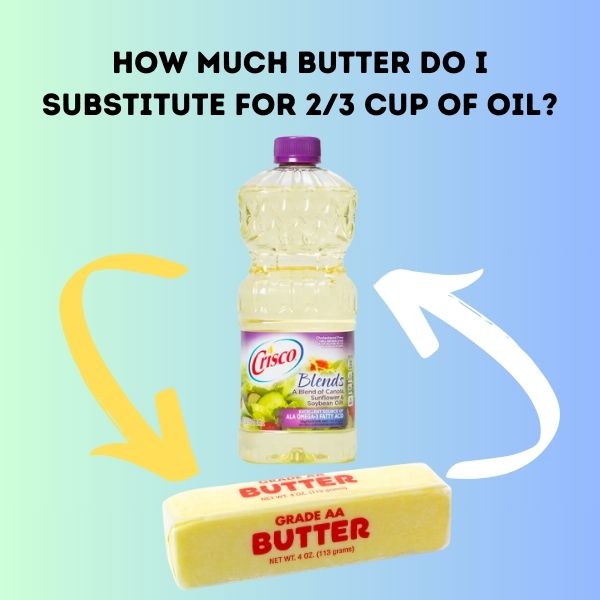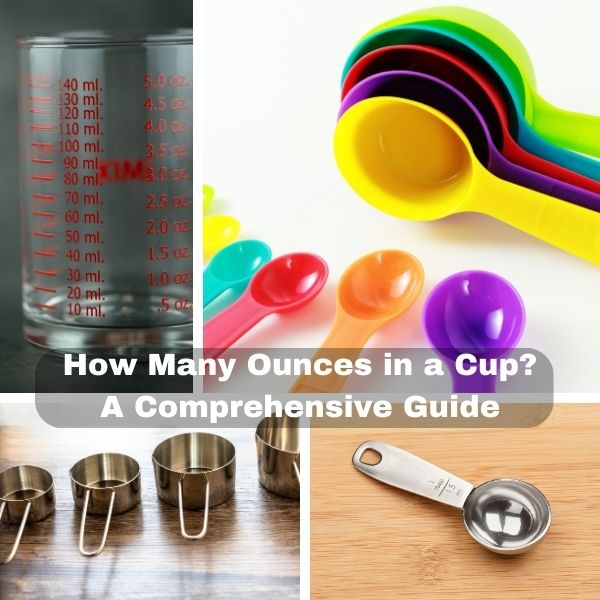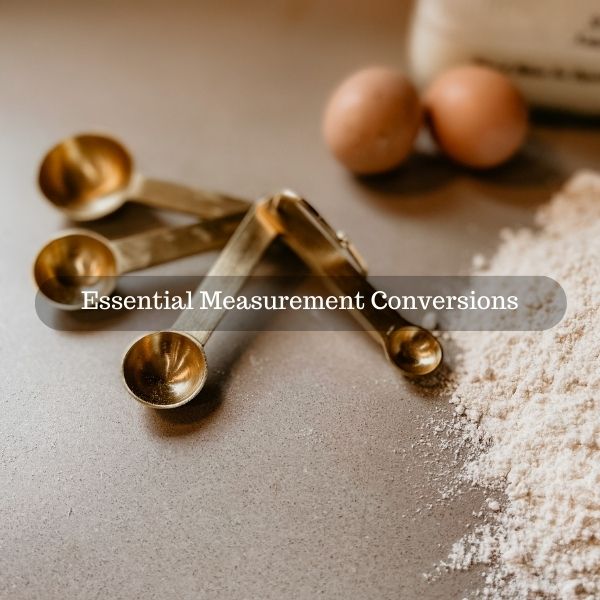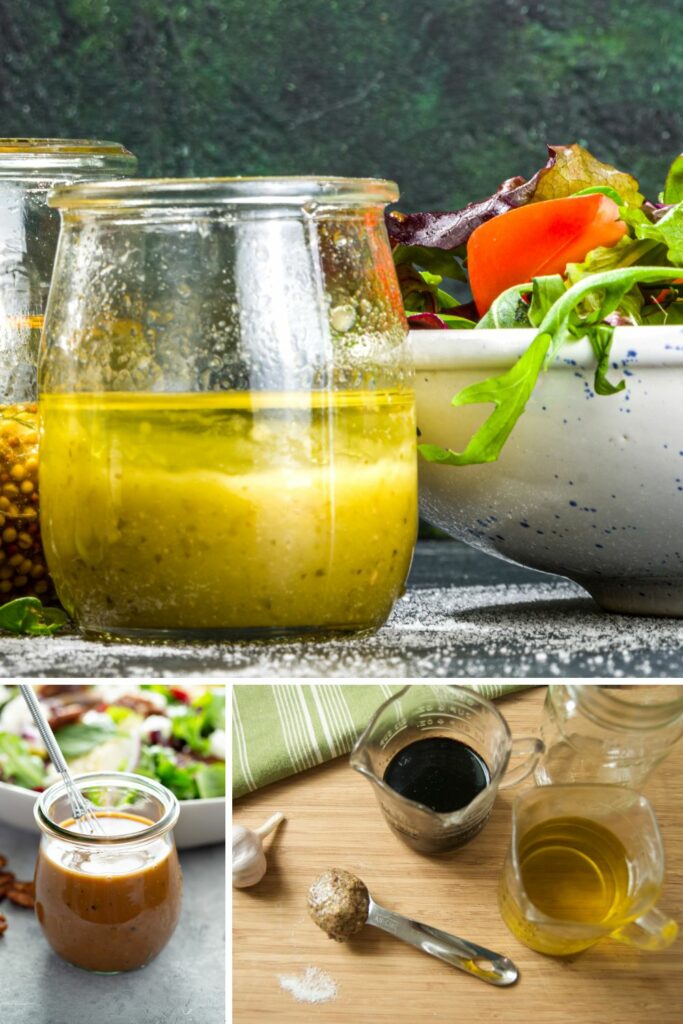I’m so excited for the half-days of sunshine we have had the last two days! After a spring of almost daily rain and clouds, any glimmer of sun is a celebration and I have to tell you my plants are LOVING it! In just those two days of light, my tomato and cucumber plants have doubled in size and my strawberries have set on blossoms and small berries.
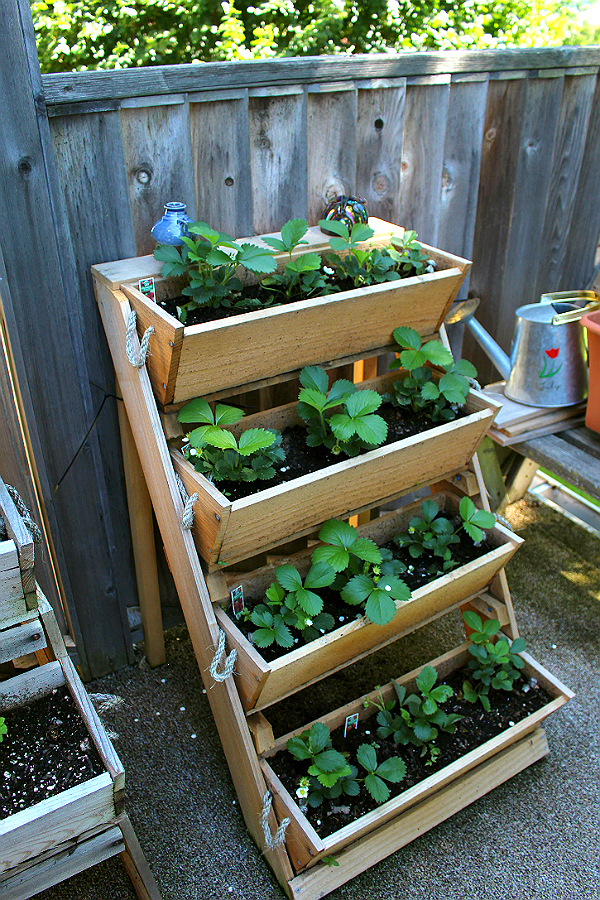
This is the first year I have planted strawberries, at this house, and since we are planning a move this summer, I wanted to be sure I was going to be able to take them with me when I go. Strawberrries are one of the easiest plants to grow in containers and I happen to have the perfect garden box, from Roped on Cedar, to plant them in this season.
There are three main types of strawberries:
Day-Neutral: These plants don’t require a certain number of hours of sun each day. As long as the temperature stays between 35 and 85, they will produce buds, berries and runners. Some people feel these are not as plentiful a producer as other varieties, though.
Everbearing: These strawberry plants form buds during the long days of summer and the short days of autumn. The summer-formed buds flower and fruit in autumn, and the autumn-formed buds fruit the following spring.
Junebearing: Junebearing strawberries require a specific number of hours of sunlight, each day. They produce buds in the autumn and then flowers and fruit the following spring. Junebearers send out runners during the summer months.
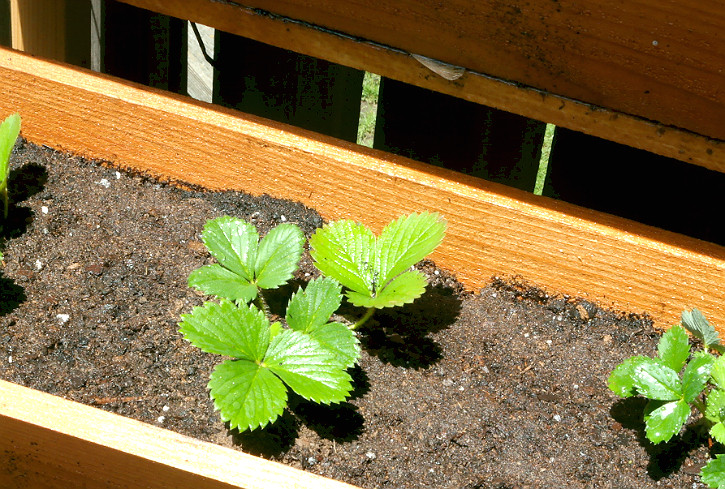
Strawberries are hardy perennials, (meaning they’ll come back every year without replanting). When cold weather hits the plants will die back, but the warm soil in spring will revive the roots and your plants will set on green leaves, runners , buds and flowers. Once the fruit has matured, many strawberry plants will produce “runners”. You will notice these long stems, with a baby strawberry plant on the end, shooting off from the parent plant. Runners usually root themselves within a few inches of the parent.It’s a good idea to clip off most of the runners, so your plant’s energy can go into bearing more fruit, instead of new plants. It’s a good practice to limit the number of new runners, each season, to three per plant.
Your strawberry plants will still be hard at work, late into the fall. After a long season of producing fruit and new baby plants, they will seem to slow down and “rest”, late in the summer. But, if you are faithful to keep them weeded and sufficiently watered, they will start growing again, in the fall. This is the time of year that they will set on the buds that will flower and fruit, next spring.
I choose everbearing strawberries, because I like the longer season of fruit production. Growing them in containers, I can move them to wear they best fit my landscape and gardening needs. Because the roots won’t receive the same protection in containers as they would in the ground, I move the containers to our unheated garage over the winter. That protects the roots from the most bitter temperatures, but allows them to have their cool weather “hibernation”.
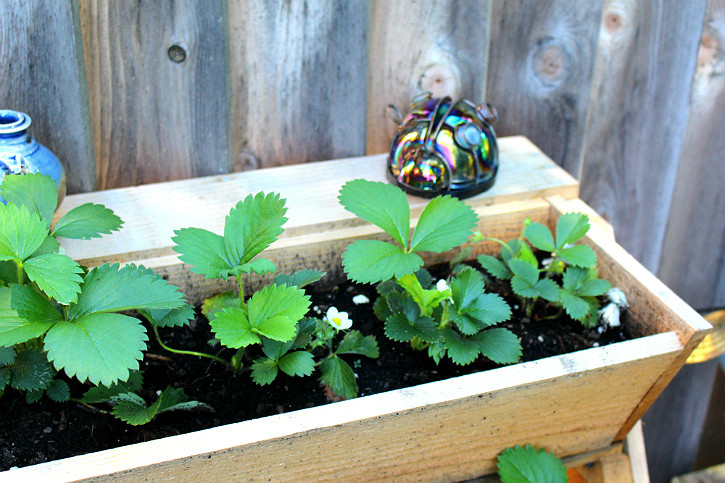
The most important thing for growing strawberries is to be sure they get plenty of full sun, each day. They need bright sun to produce blossoms and the fruit will be bigger and better, the more sun they receive. Planting in containers makes it easy to move them to the sunniest spots in your yard, through the day.
Strawberries also need to be planted insoil that drains well. I mixed regular potting mix with a much looser and easy to drain cactus potting mix. I used a 1 to 1 ratio and my strawberries are thriving in it, even with the crazy amoounts of rain we have experienced here. It’s a good mix that has kept the roots from being watter-logged.
Though it is VERY difficult for me to do, it is generally recommended that you pinch off all the blossoms and strawberries on first-year plants to allow the root systems to become strong and well-established. The thinking is that these stronger plants will be better producers in the future. I have done it both ways, in the past, and I’m not sure I agree that there is much difference, but at least you have the information and can make the choice the works best for you and your garden.
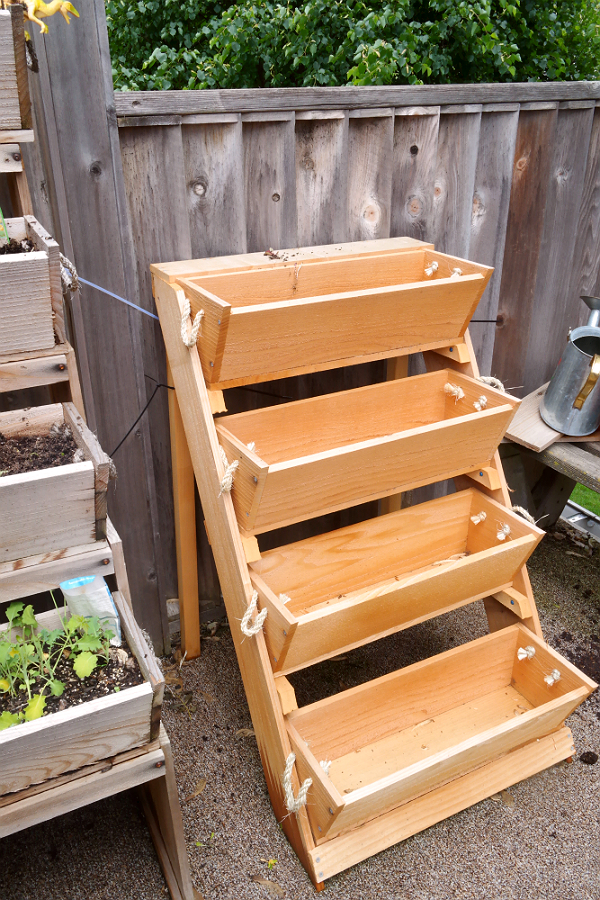
Stepping into your garden and picky a juicy red strawberry off your own plants will ruin you for store-bought strawberries! So, take this as fair warning. no other strawberry will ever be able to measure up to the rich, flavorful sweetness of the ones you grow yourself. They are simple to grow and they come back every year. How could it get better than that!?!! And if you need the perfect garden box planter to establish your strawberry garden in, I highly recommend, the gorgeous cedar boxes at Roped on Cedar. I own two, now, and they are the central workspace in my portable deck-top garden! My strawberries are planted in the boxes of the 24″ Vertical Planter I received new, this spring. It’s a dream container garden fixture!
I have also planted my 24″ Standing Garden Planter, again, this year. I’ve already harvested a whole crop of lettuces, spinach and kale and have recently planted yellow summer squash, parsley, mint, serrano chili peppers, beets and radishes. I love the look of all the Roped on Cedar planters and how easy they are to set up and get growing. As soon as we get to our new home, I have a couple of his potato box growing systems that I’m going to try out. Whether you just want a gorgeous display for flowers or an herb, vegetable or berry growing space, Pete, at Roped on Cedar has the perfect garden box solution for your needs.
This post may contain affiliate links. Please read our Disclosure Policy for details.
